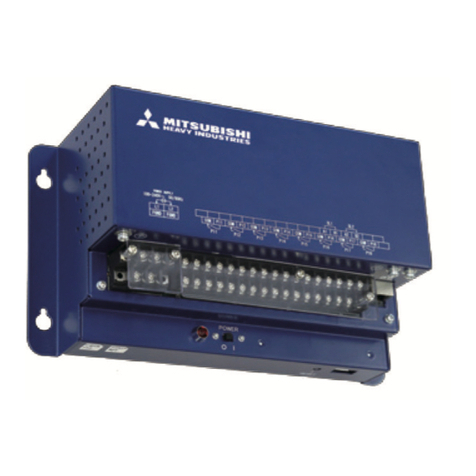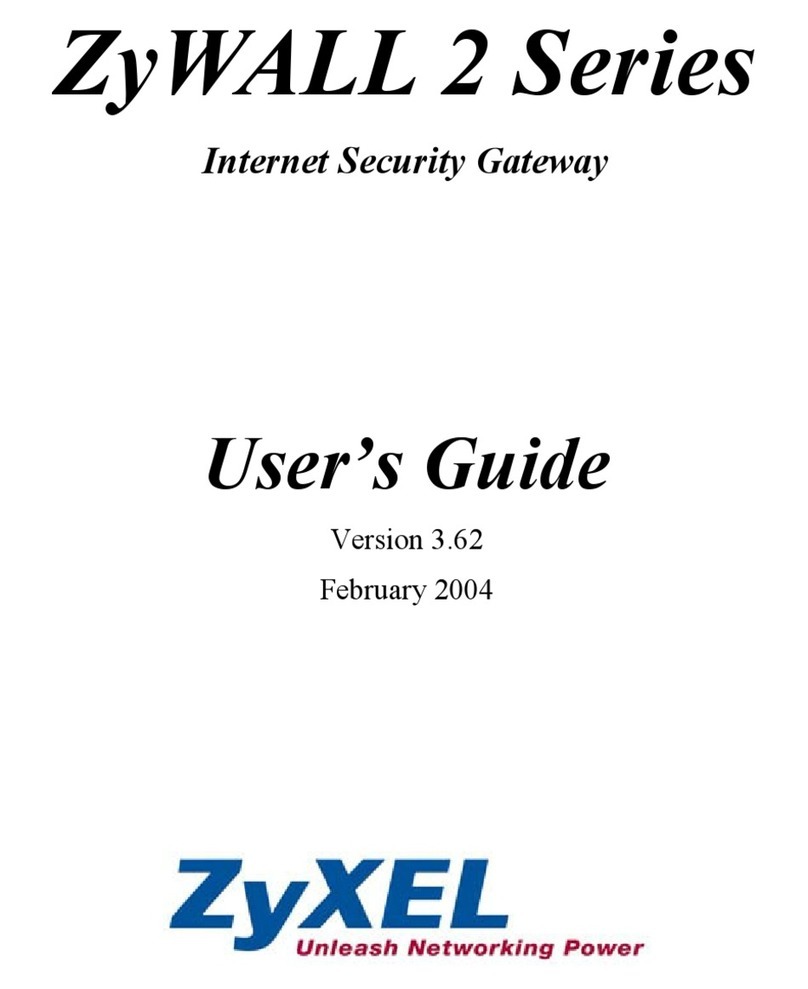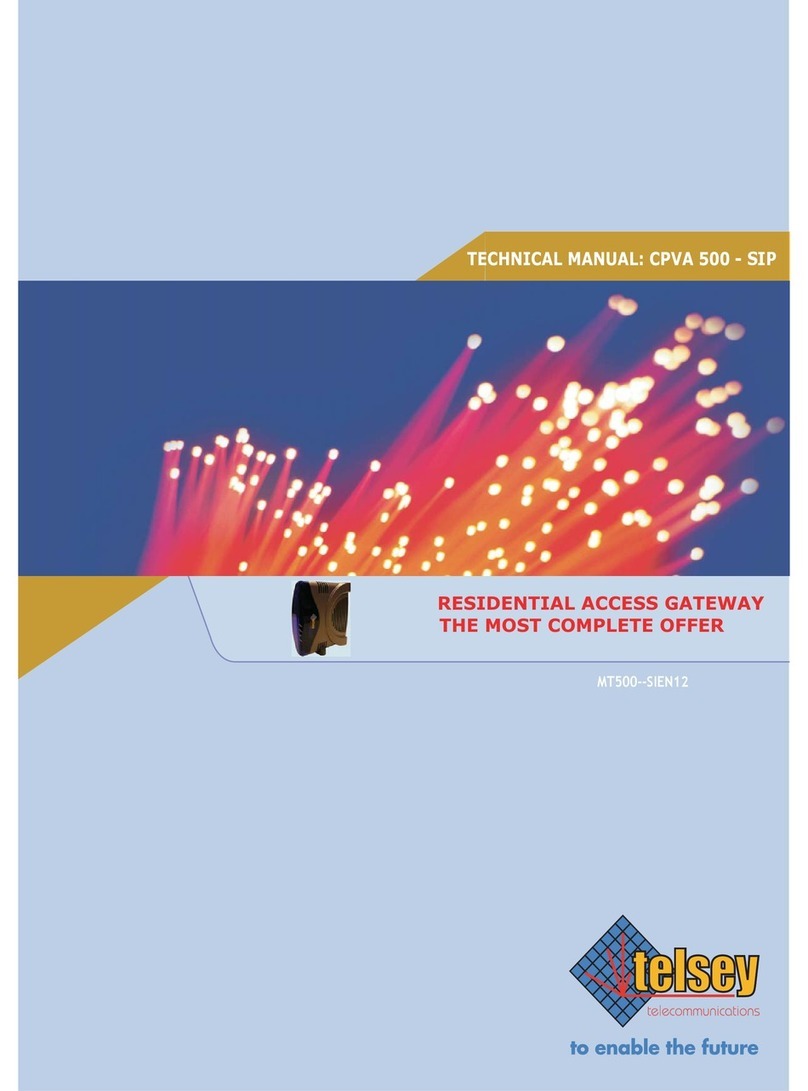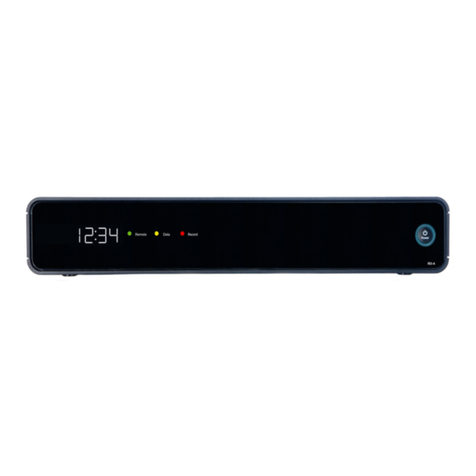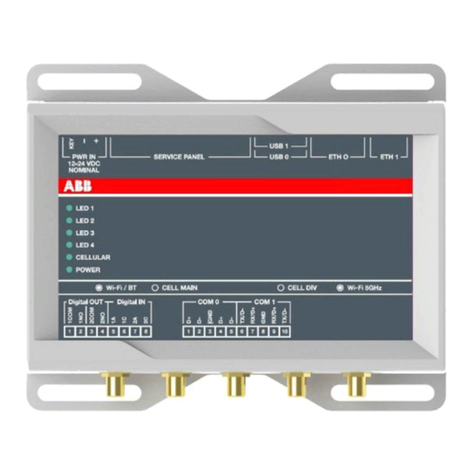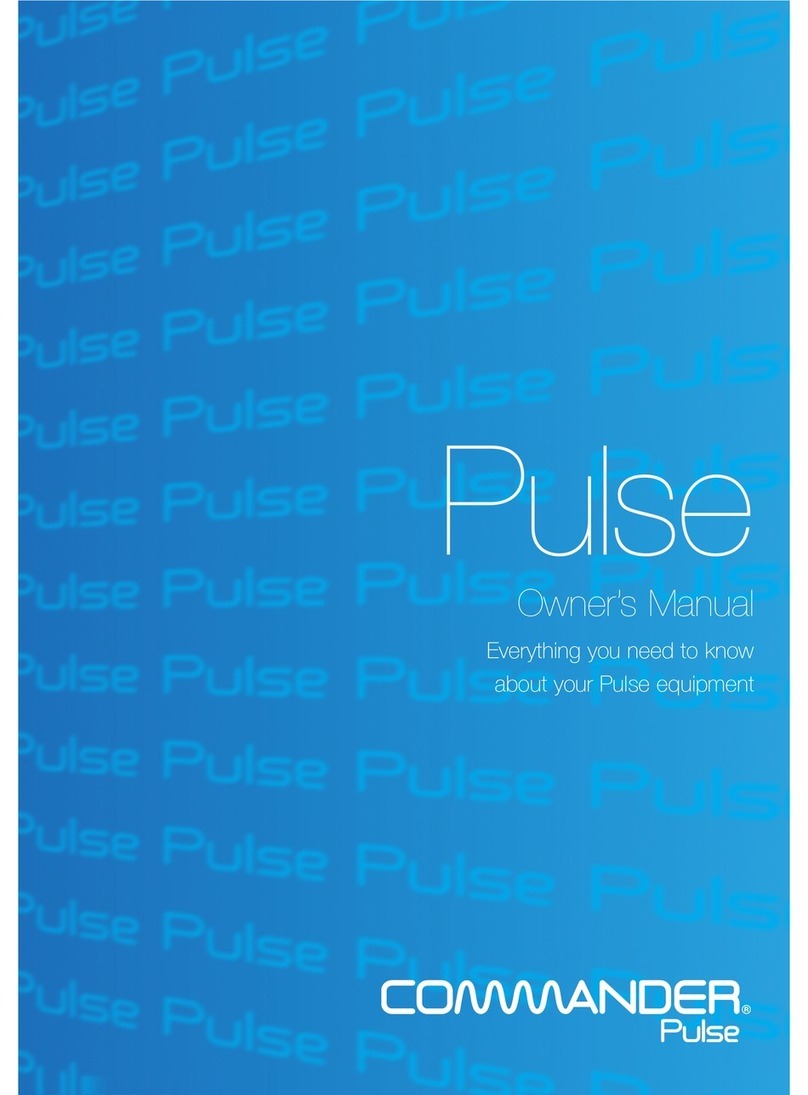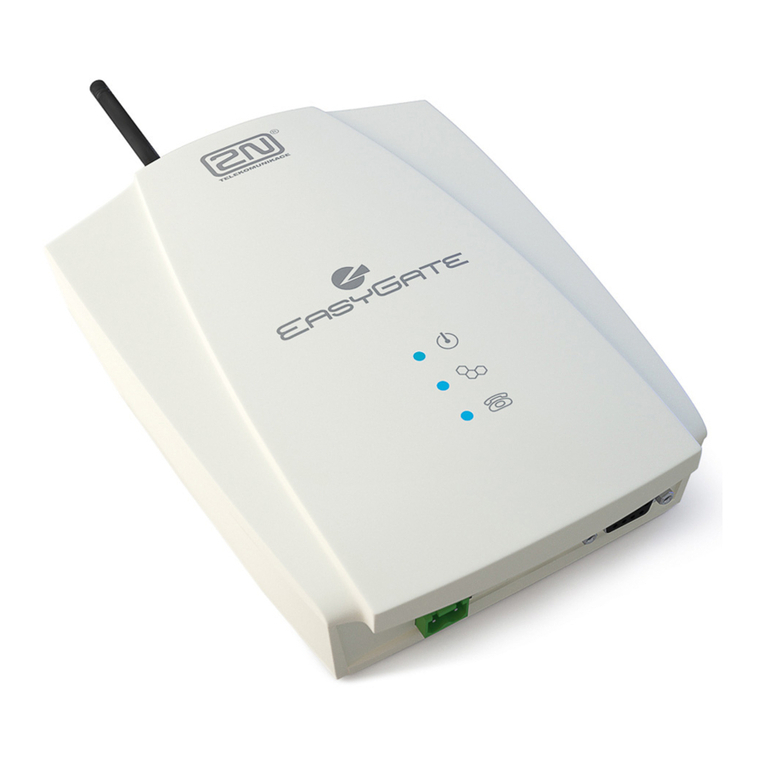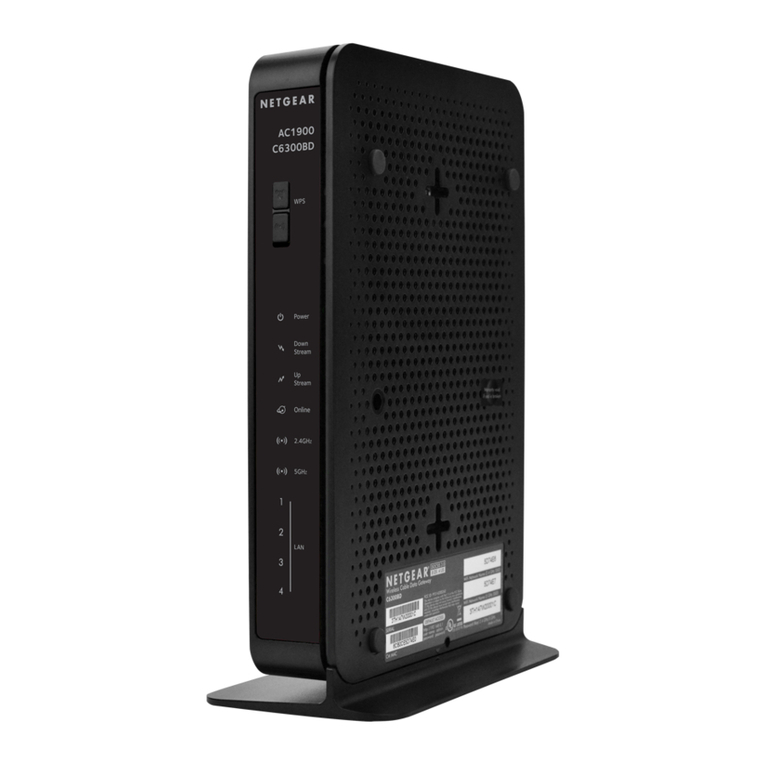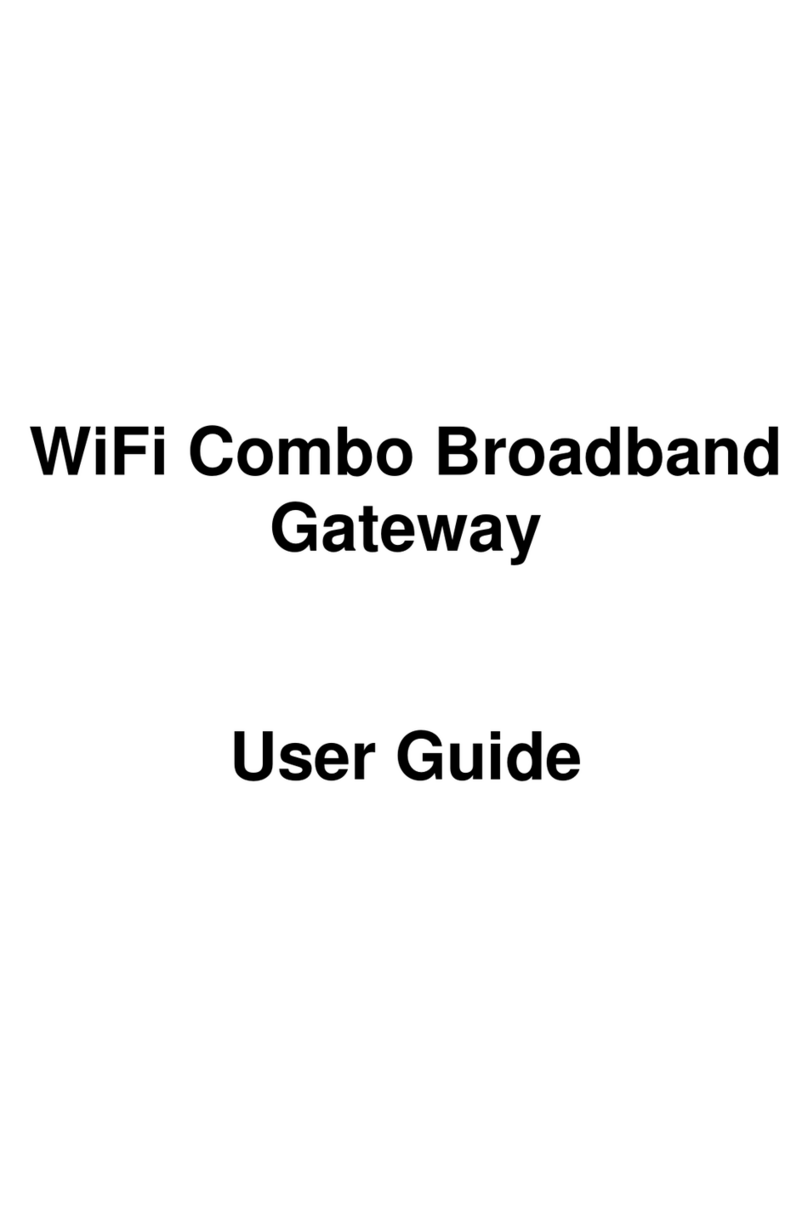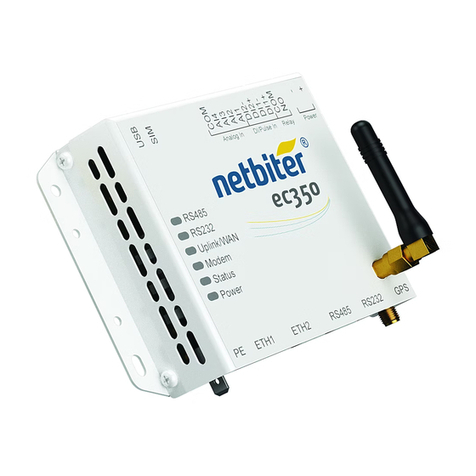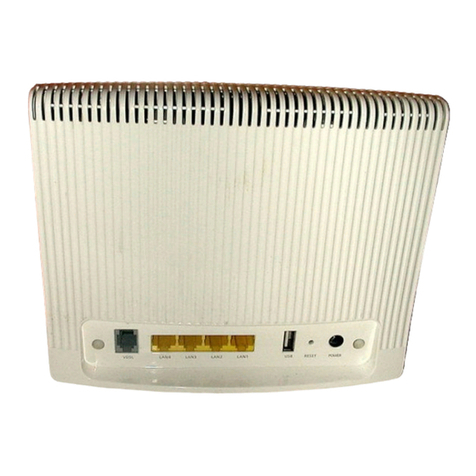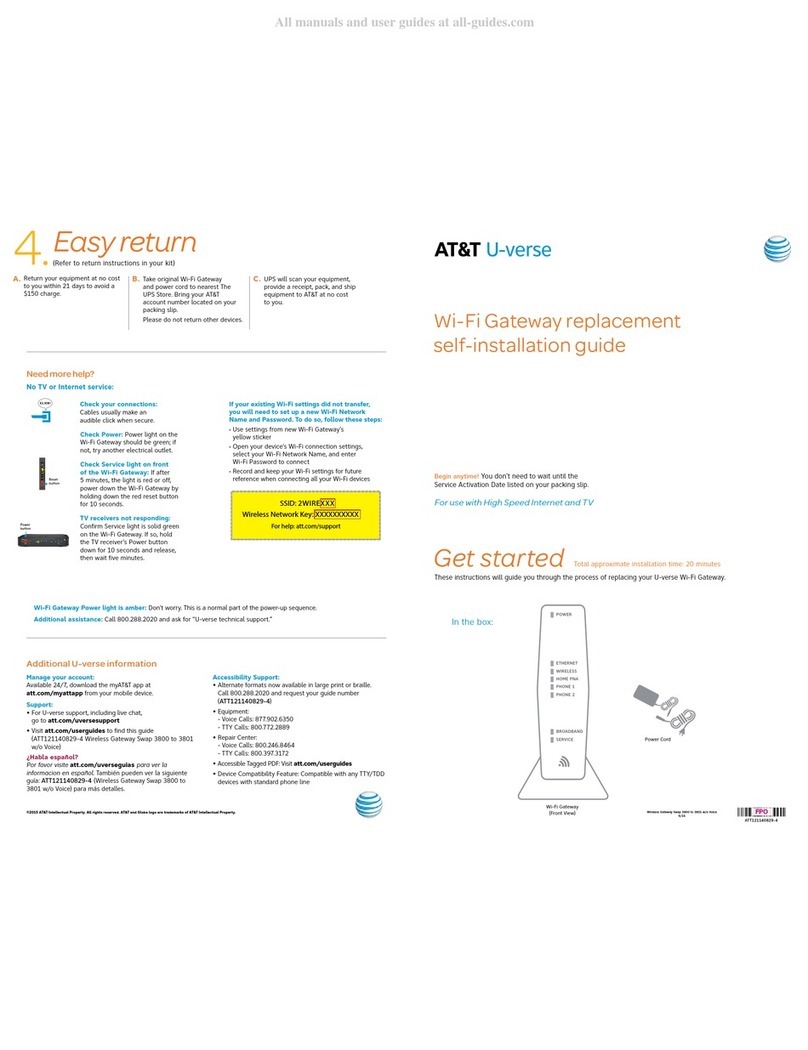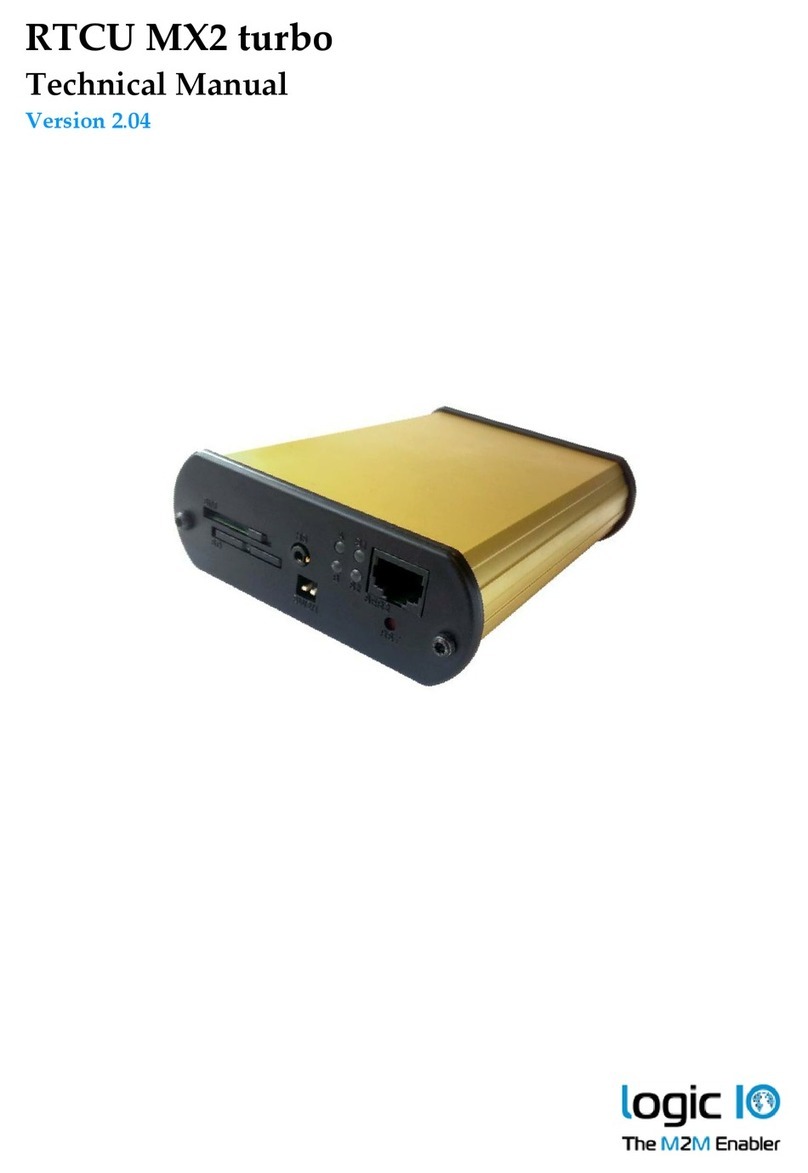Model 922 DSLH –User Manual
Focal Technologies Corporation Page iii
A Moog Inc. Company Document No. 922-0677-00, Rev 1.0
TABLE OF CONTENTS
1.0 Introduction........................................................................................................................................... 1-1
1.1 Safety Precautions ....................................................................................................................... 1-2
2.0 Specifications....................................................................................................................................... 2-1
3.0 Architecture Overview ......................................................................................................................... 3-1
3.1DSL and PLM ............................................................................................................................... 3-3
3.2 Ethernet........................................................................................................................................ 3-5
3.3 Serial............................................................................................................................................. 3-5
3.3.1 Initial User Setup (Serial Ports)....................................................................................... 3-6
4.0 Hardware............................................................................................................................................... 4-1
4.1 General Board Handling............................................................................................................... 4-1
5.0 Electrical Connectors and Pin Descriptions ..................................................................................... 5-1
5.1 Carrier Card with Daughter Cards................................................................................................ 5-1
5.2 96-pin DIN 41612 Backplane Connector (J11)............................................................................. 5-2
5.3 Part Locations and Diagnostic LEDs............................................................................................ 5-3
5.4 Electrical Interfaces ...................................................................................................................... 5-7
5.4.1 +24V Power Input............................................................................................................ 5-7
5.4.2 Ethernet Interface............................................................................................................ 5-7
5.4.3 Serial Channel Interface.................................................................................................. 5-8
5.4.4 Isolation and Grounding .................................................................................................. 5-8
6.0 Optical Interface ................................................................................................................................... 6-1
6.1 Optical Transceivers..................................................................................................................... 6-1
6.2 Optical Fiber ................................................................................................................................. 6-1
6.3 Optical Budget, Range, and Bit Error Rate (BER)........................................................................ 6-2
6.4 Return Loss Tolerance ................................................................................................................. 6-2
6.5 Optical Power ............................................................................................................................... 6-2
6.6 Optical Connectors....................................................................................................................... 6-3
7.0 Functionality......................................................................................................................................... 7-1
7.1 Gateway Functionality (uC1-2)..................................................................................................... 7-1
7.1.1 UDP Gateway.................................................................................................................. 7-1
7.1.2 Modbus Gateway (Modbus RTU to Modbus TCP).......................................................... 7-1
7.1.3 IWIS PPP Gateway (PPP to IP) ...................................................................................... 7-1
7.2 Network Configuration.................................................................................................................. 7-2
7.2.1 MAC Address .................................................................................................................. 7-2
7.2.2 IP Address....................................................................................................................... 7-2
7.3 Diagnostics Functionality (uC DIAG)............................................................................................ 7-2
7.3.1 IP Connectivity................................................................................................................. 7-2
7.4 Diagnostics and Control via Modbus TCP/IP ............................................................................... 7-3
7.4.1 Diagnostics and Modem Status....................................................................................... 7-3
7.4.2 Control and Configuration Capabilities............................................................................ 7-4
7.5 Ethernet Switch Configuration...................................................................................................... 7-5
8.0 Telnet Interface (uC DIAG Only).......................................................................................................... 8-1
9.0 Special Features................................................................................................................................... 9-1
9.1 Remote Firmware Upgrade .......................................................................................................... 9-1
9.2 Loading and Saving Switch Configuration.................................................................................... 9-1



